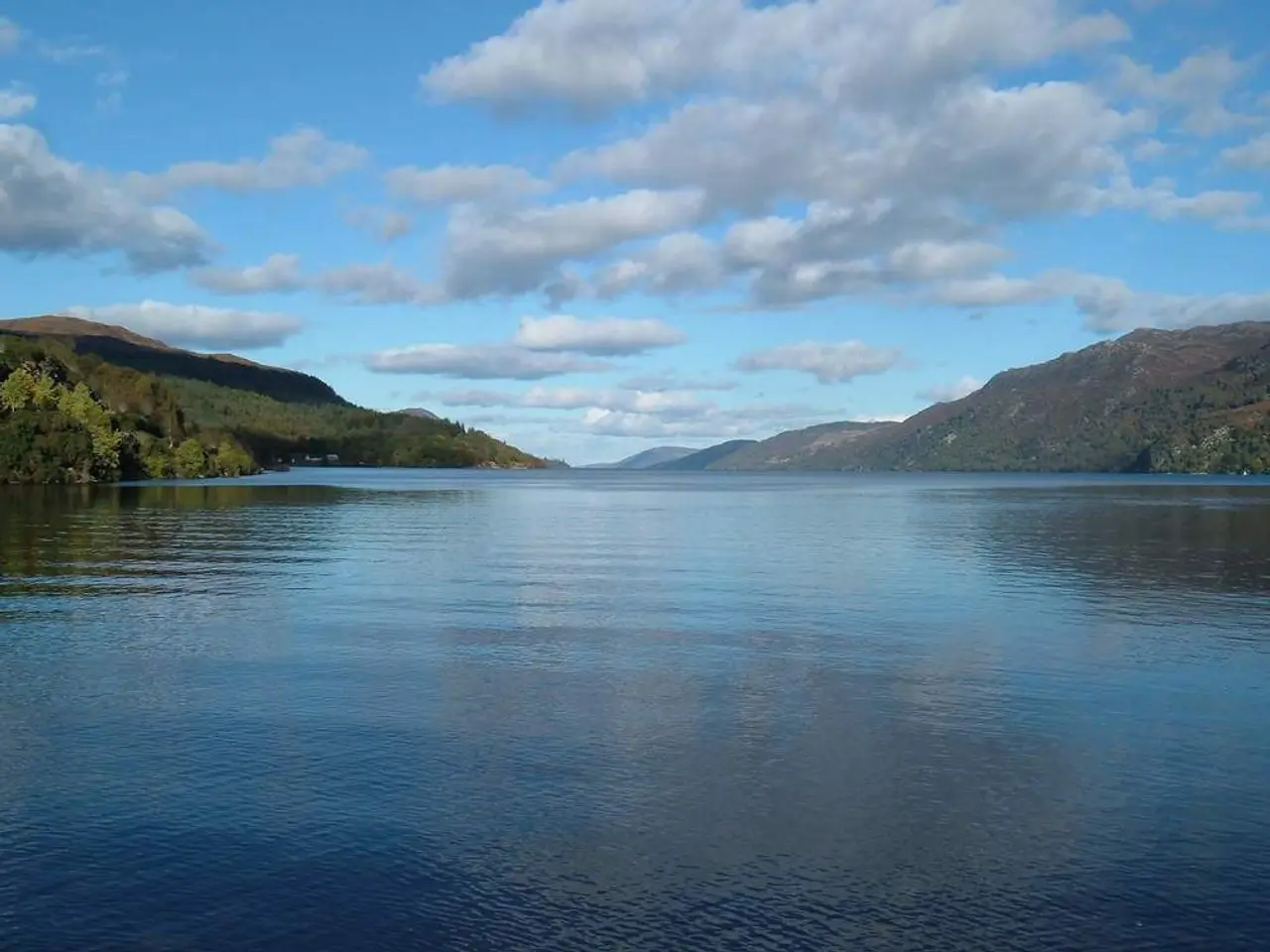Rainfall levels in Wupper area during July were typical, according to Wupperverband's calculations.
In the Wupper region of North Rhine-Westphalia (NRW), July brought rainfall within its long-term averages, offering much-needed support to the local dams. According to the Wupper Association, the region experienced an average precipitation of 76-78 mm, making it one of the wettest months in the region.
At the Bever Dam measuring station in Hückeswagen, 114 liters of rain per square meter were recorded, which is the average value there. Similarly, at the Lindscheid measuring point at the Great Dhünn Dam, 114 liters were measured, with an average of 108 liters. These rainfall levels helped sustain inflow into the dams, easing concerns about severe water shortages during the summer months.
However, the combination of high summer temperatures and increased evaporation rates poses challenges to the region's dams. The first days of July were still warm, but temperatures later dropped. Despite the cooler temperatures, the average temperature in North Rhine-Westphalia in July was 18.4 °C, which is 1.5 °C above the long-term average of 16.9 °C, according to the German Weather Service (DWD). This higher temperature contributed to increased evaporation from the reservoirs, potentially reducing water availability if dry spells occur.
Rain showers caused brief increases in the water levels in the river, providing temporary relief from the decline of water levels in the Wupper Association's large water supply dams (Wupper and Bever Dams). However, for a sustained filling of the water supply dams, longer-lasting, even rainfall is required, according to the Wupper Association.
Intense summer storms leading to heavy rainfall can also influence inflow rates and dam management, potentially requiring careful monitoring for flood control. At the sewage treatment plant Solingen-Burg, it was 116 liters (average: 111 liters), indicating that such storm events can impact the overall water flow in the region.
Despite these challenges, the water levels of the three drinking water dams (Great Dhünn, Kerspe, and Herbringhausen Dams) are currently considered uncritical. The supply of the waterworks with raw water is secured, but the influence of the preceding dry period is still evident. As the summer progresses, consistent rainfall and careful dam management will be crucial to maintain the region's water supply and mitigate the risks of both water shortages and flooding.
References:
[1] Wupperverband (2021). Climate and Water Management
[2] Deutscher Wetterdienst (2021). July Weather in North Rhine-Westphalia
[3] Met Office (2021). Climate of Germany
[4] Wupperverband (2021). Water Management in the Wupper Region
Weather forecasting is essential to predict the potential impact of summer storms and heavy rainfall events on dam inflows and flood control in the Wupper region. The average temperature in North Rhine-Westphalia in July this year was higher than the long-term average, contributing to increased evaporation rates and potentially reducing water availability in dams during dry spells.








